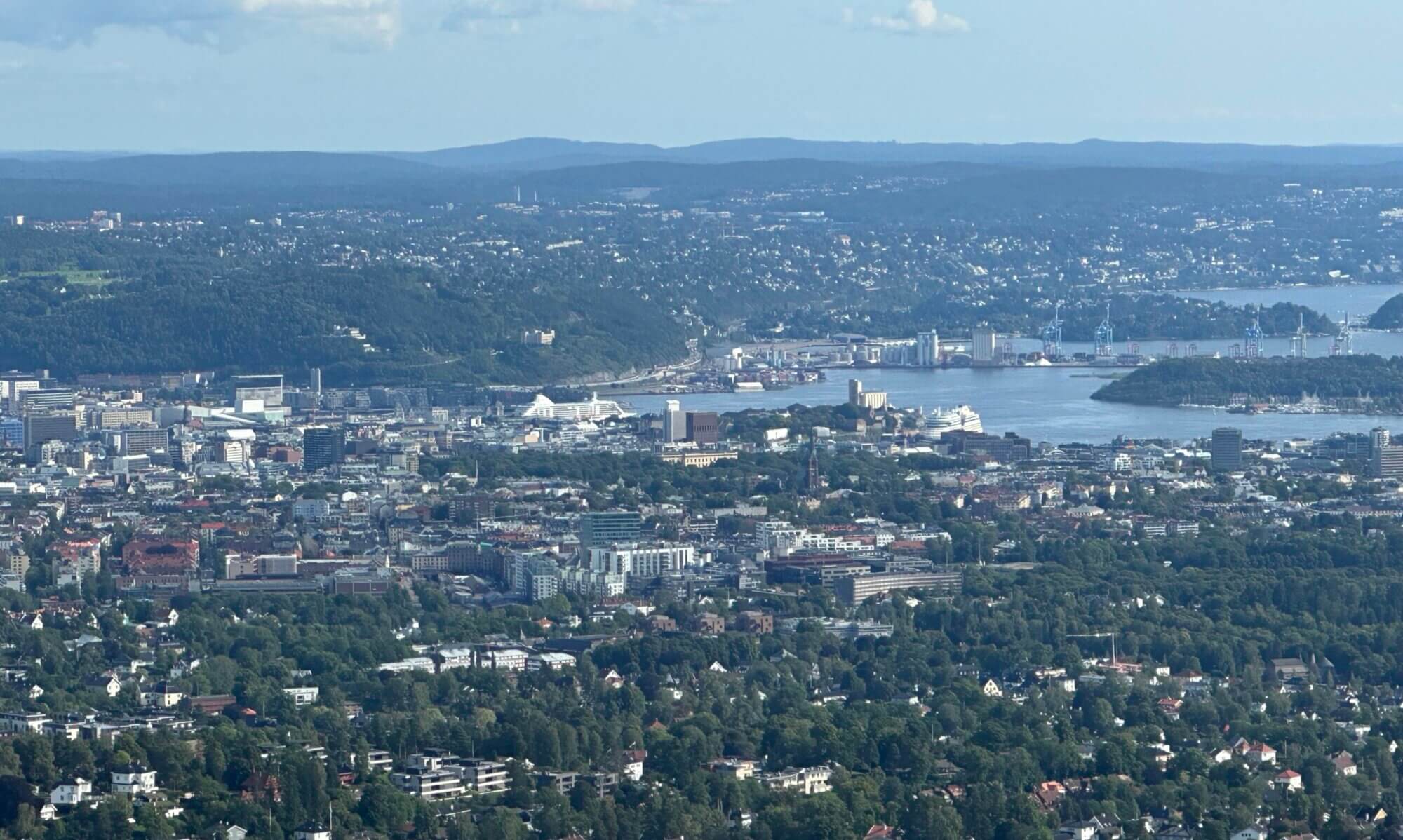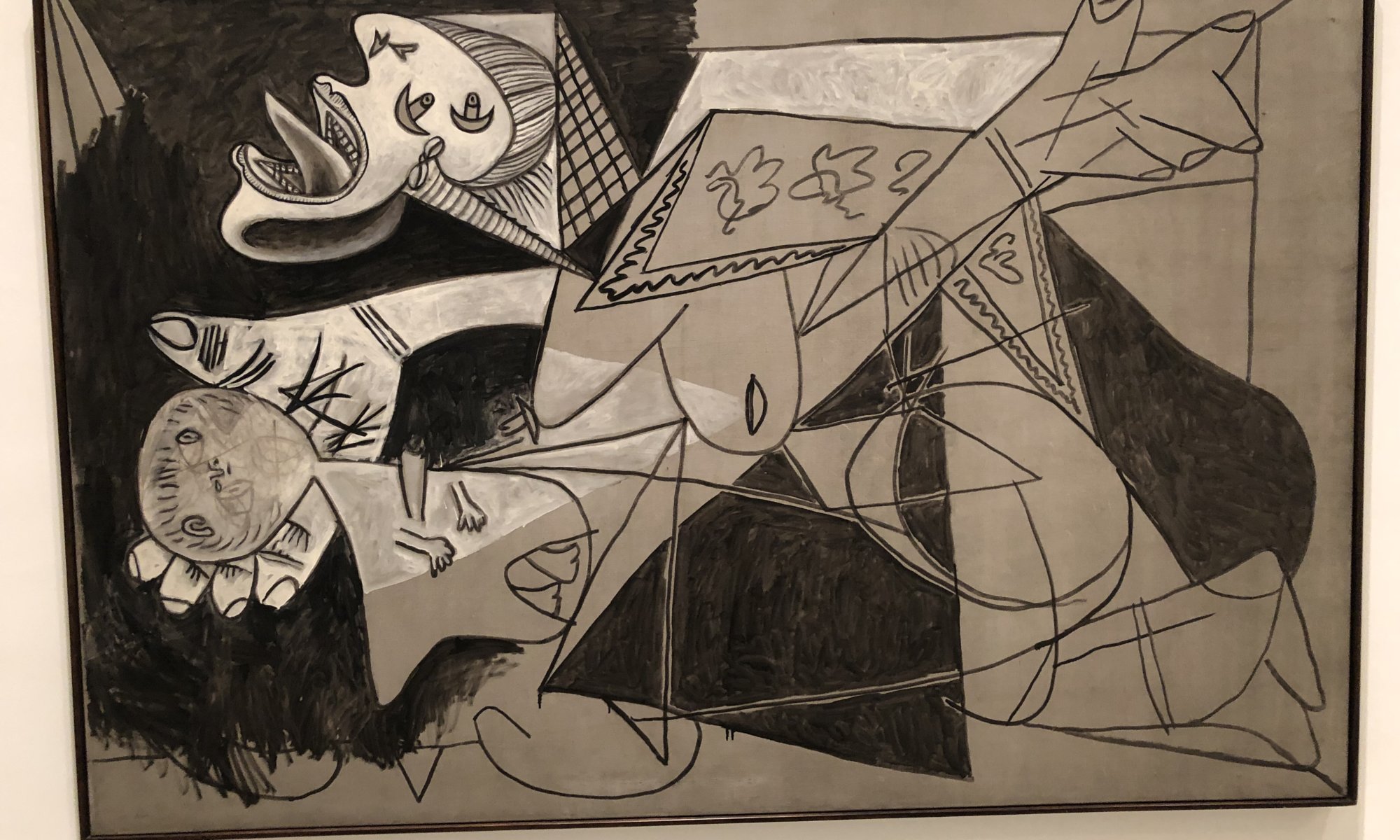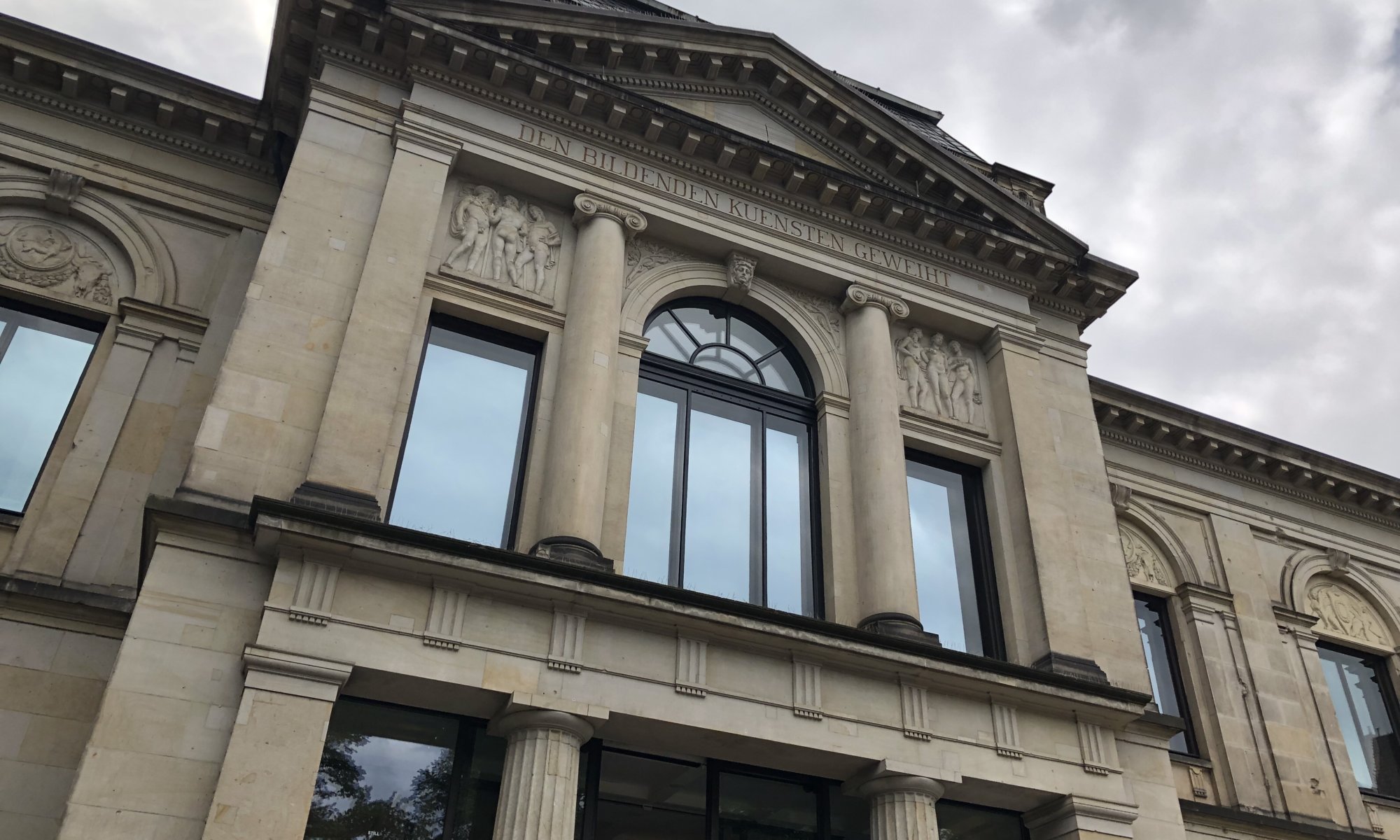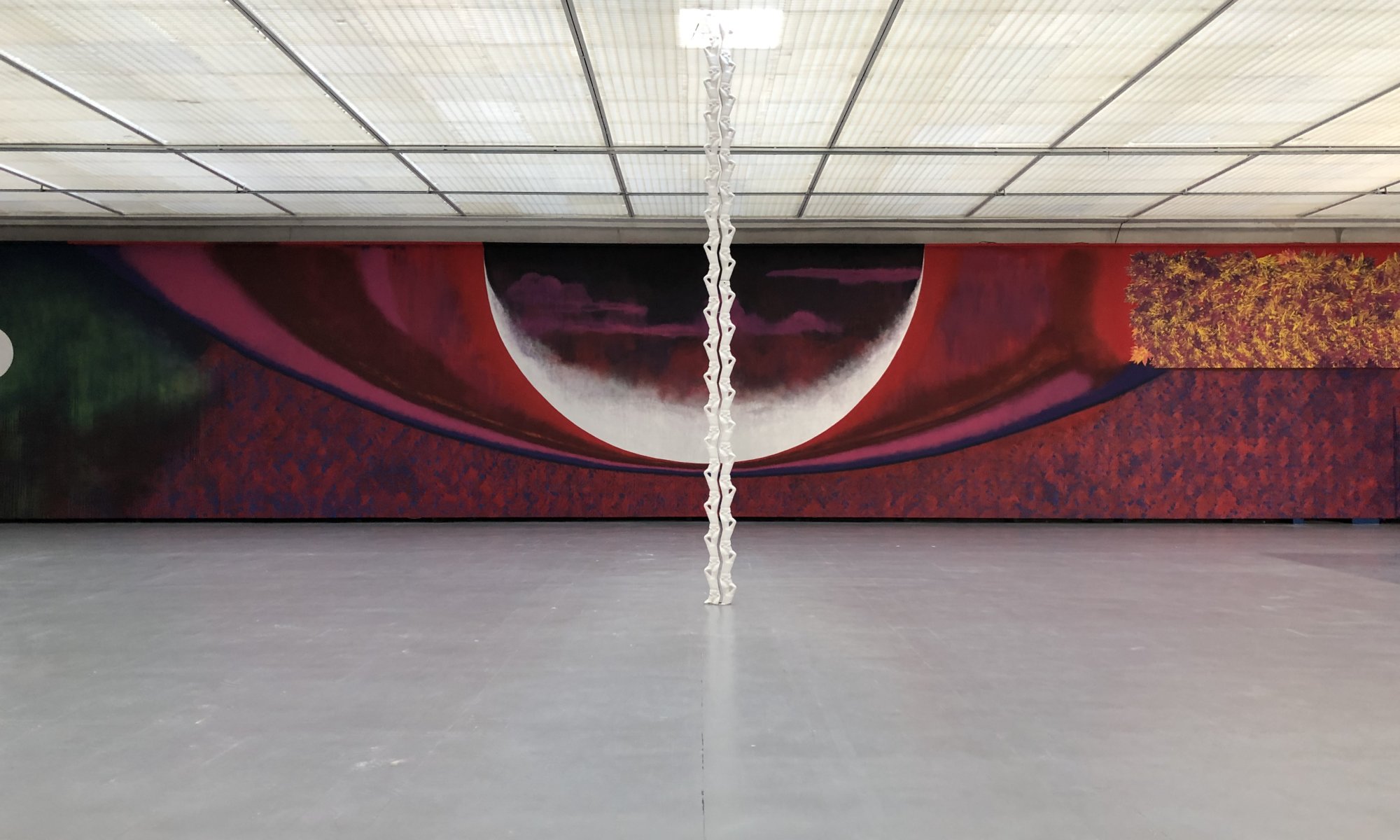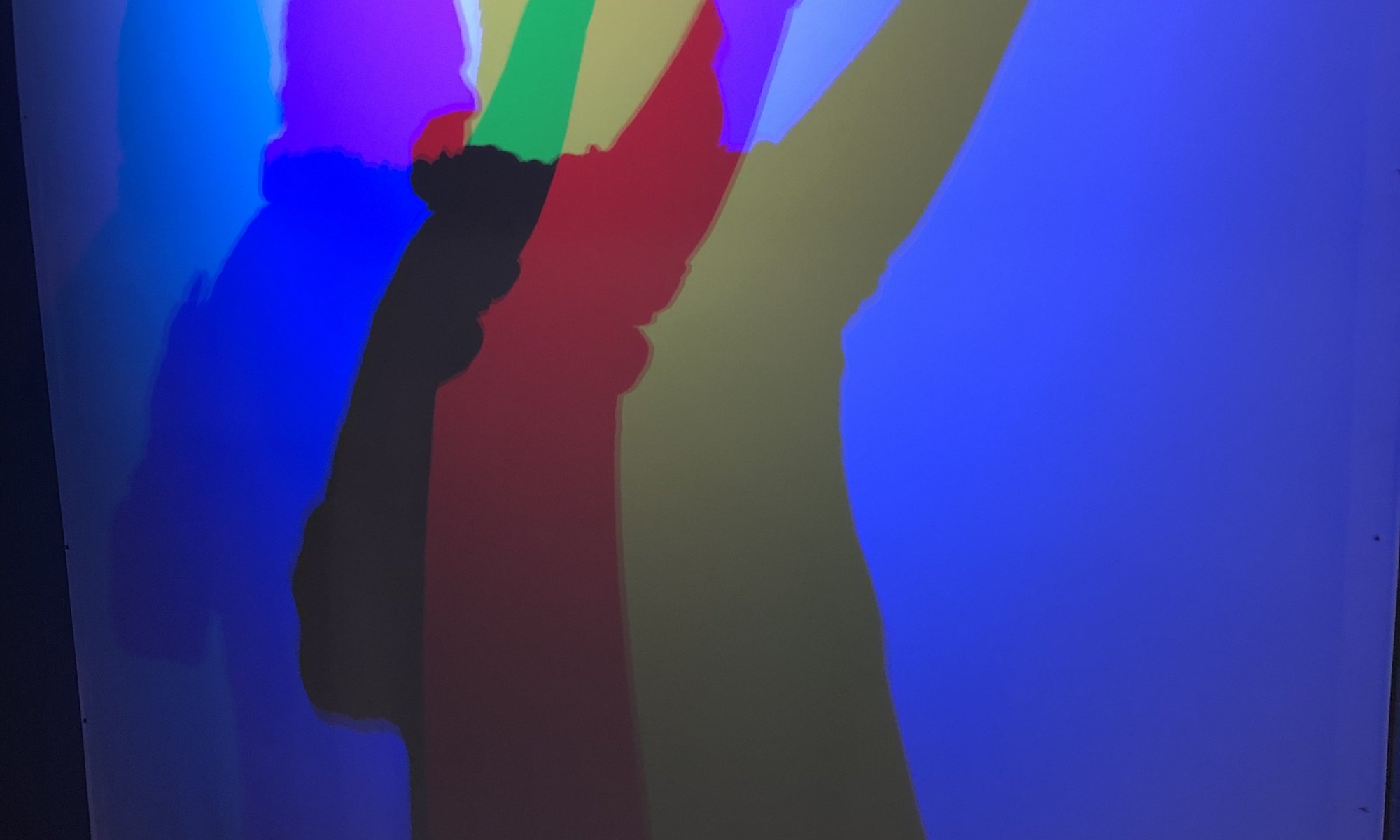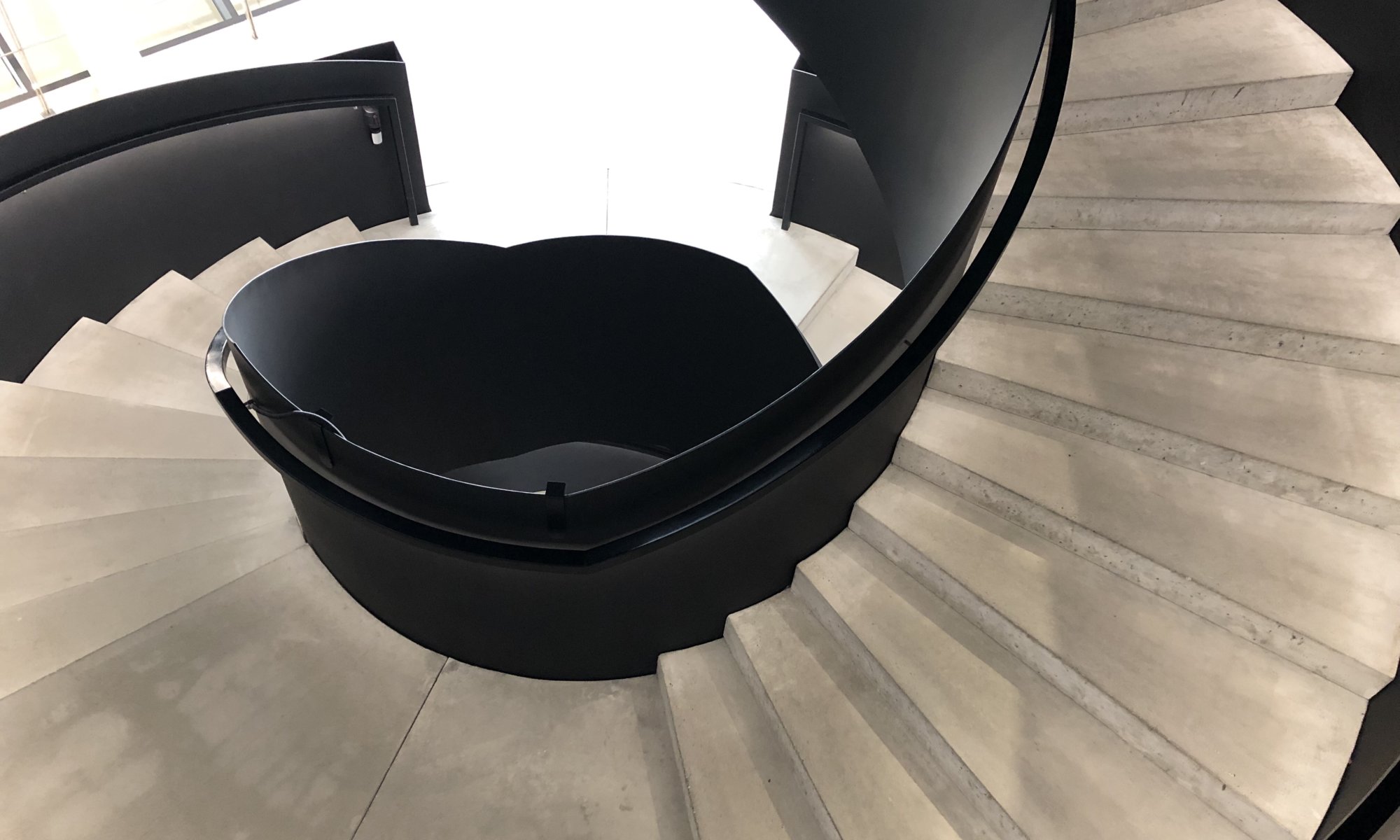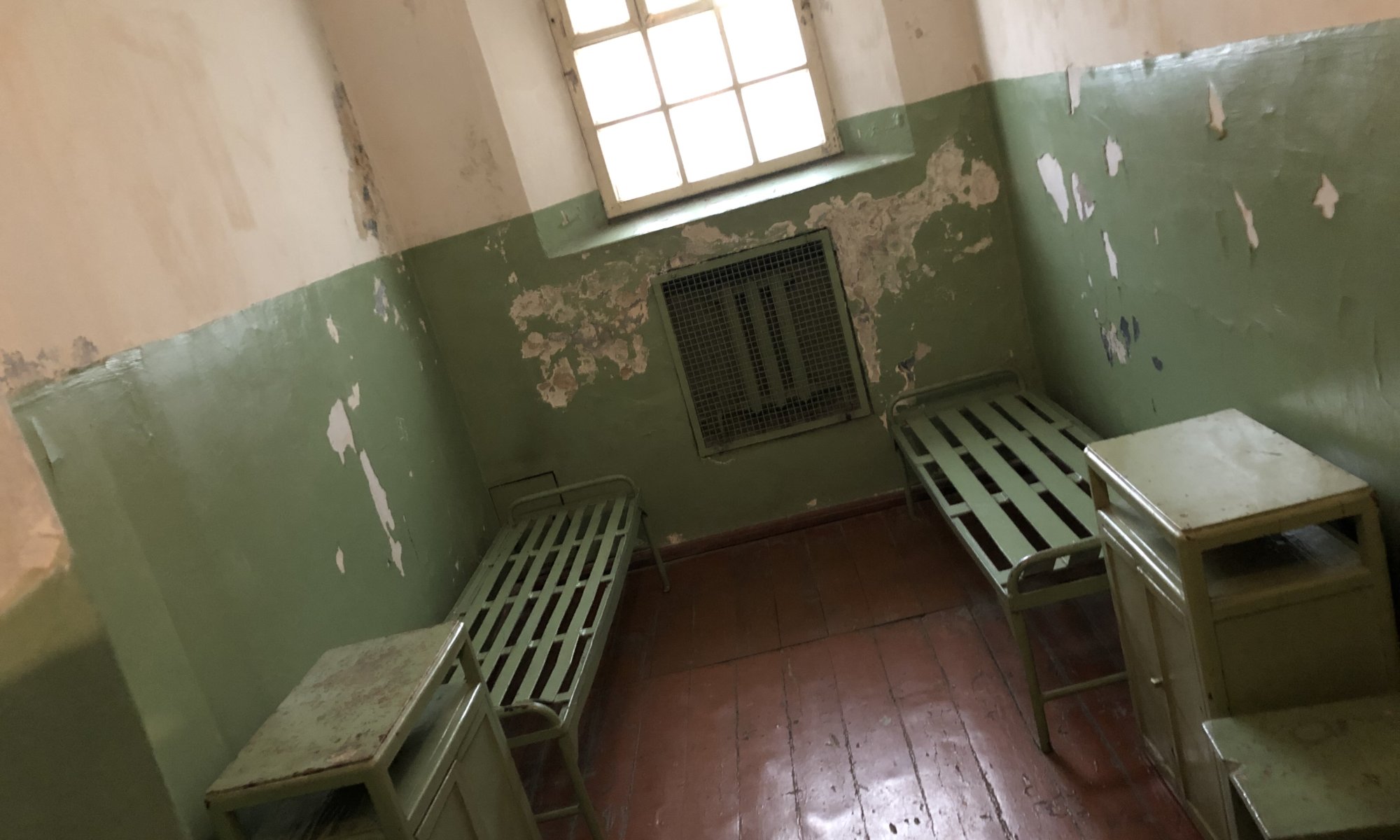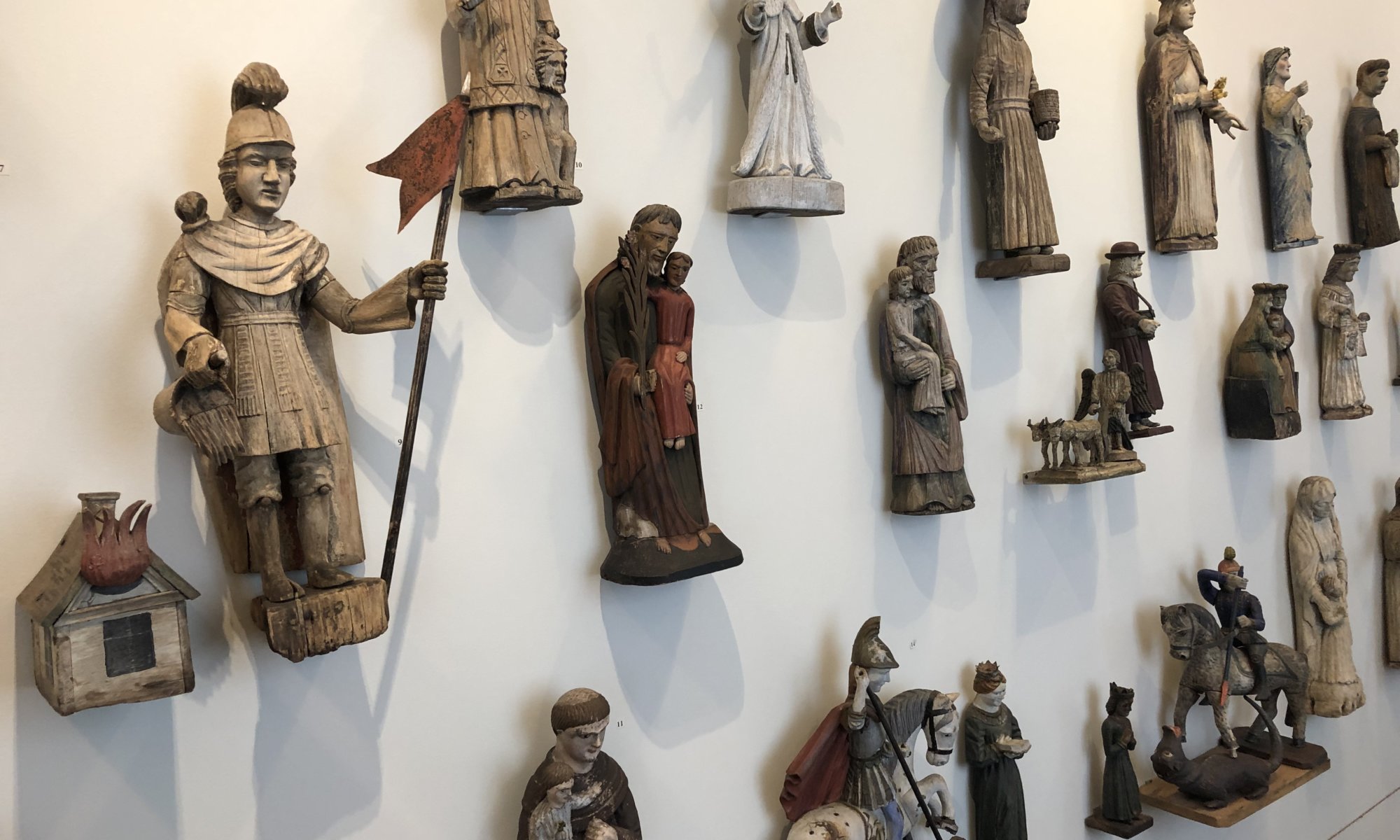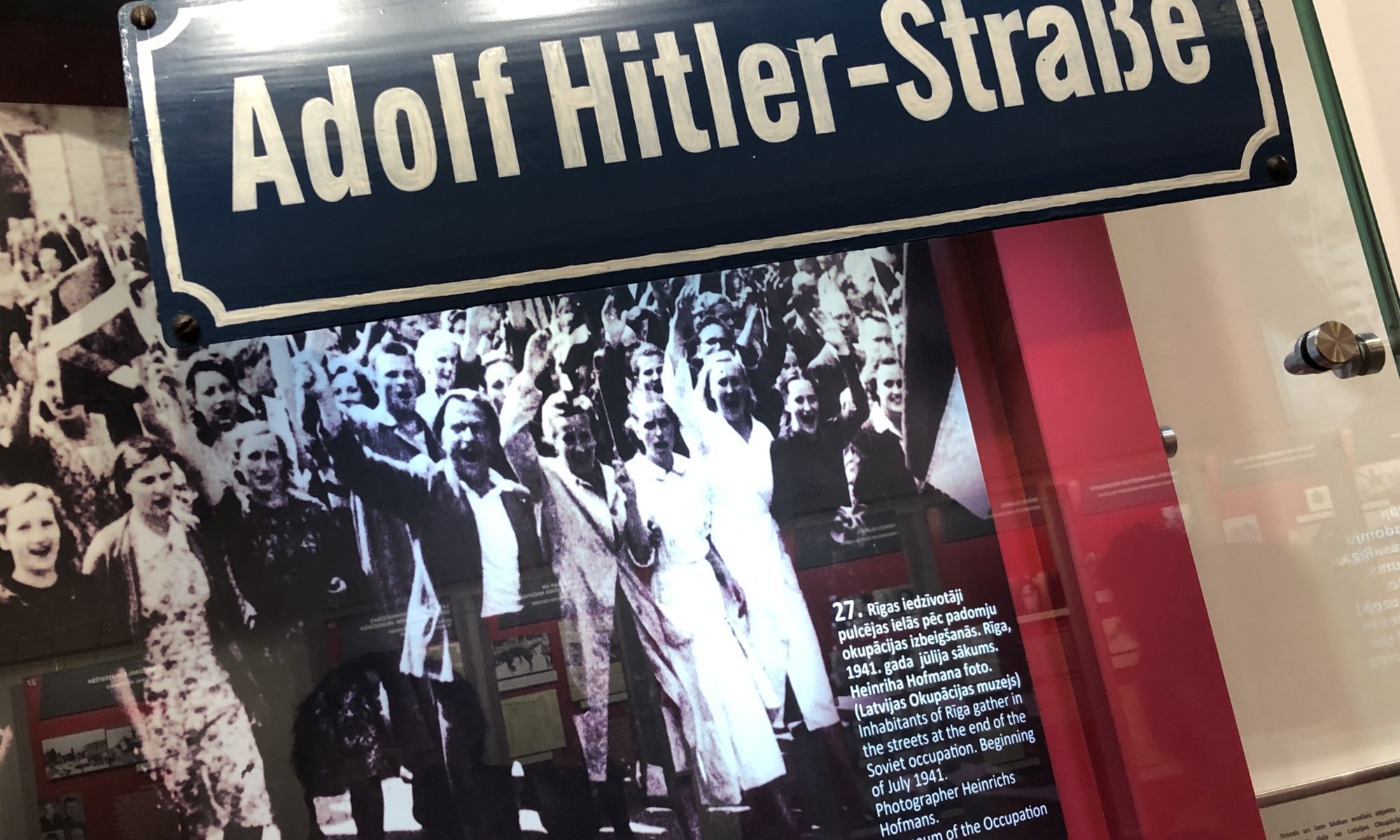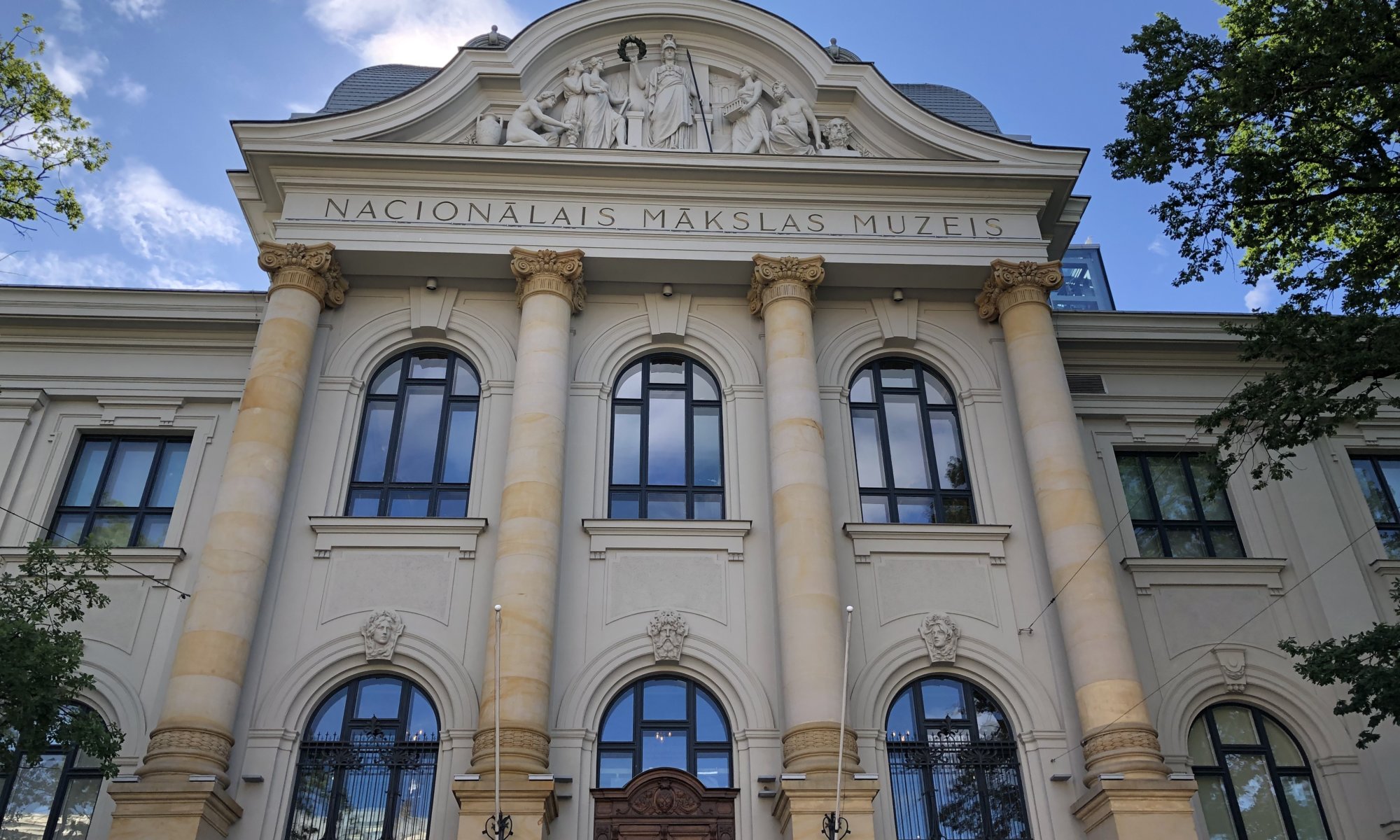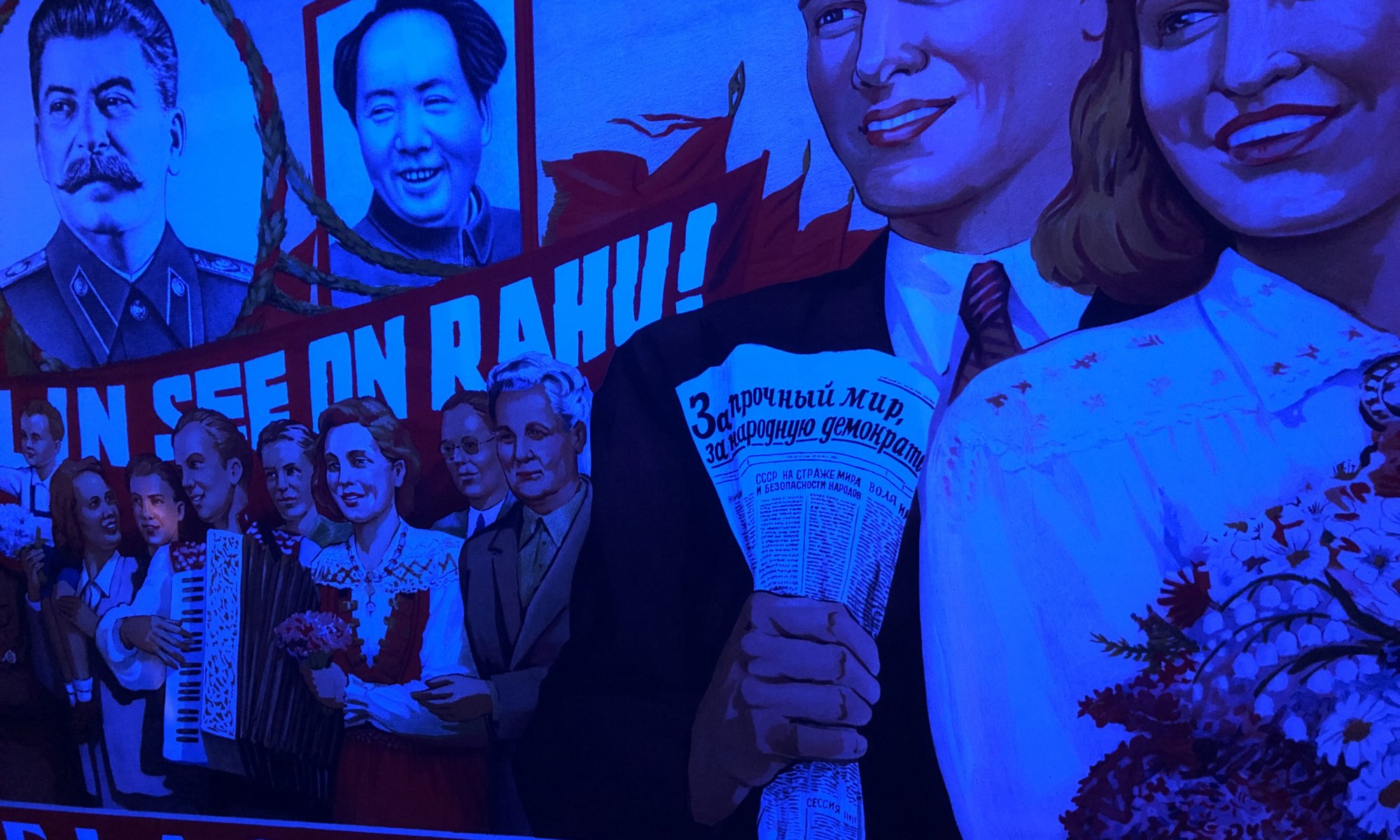The Museo Nacional Centro de Arte Reina Sofía is a fantastic art museum at Madrid, Spain. It resides in two interconnected buildings close to the Plaza del Emperador Carlos V and the metro stop Estación del Arte. The older building has a wonderful inner courtyard with trees and sculptures, the new building includes a wonderful roofed terrace with good views on the city. The museum itself is like a labyrinth: you can walk in it for ours, get lost and continuous discover new sections with interesting artworks.
Continue reading “Guernica”Kunsthalle
The Kunsthalle Bremen is an art museum next to the city center of Bremen, Germany. It is located between the northern end of the Osterdeich along river Weser and the Stadtgraben (the water next to the former city fortifications). From the museum it is a very short walk to the main market place. The art collection dates back to the year 1823, the current building was created in 1849.
Continue reading “Kunsthalle”Contemporary art centre
The Šiuolaikinio meno centras (ŠMC) or Contemporary Art Centre (CAC) at Vilnius, Lithuania is just a small exhibition hall for contemporary art (but not the smallest in the world, that one I found in Tirana, Albania). It was founded in 1992 by the Lithuanian Ministry of Culture and it shows artworks in five exhibition rooms.
Continue reading “Contemporary art centre”Museum of illusions
The museum of illusions (iliuzijų muziejus) is a funny place to be and for playing with optical and physical effects. It is not very big and not cheap (11 Euro per adult) but there are numerous experiments you can do and a lot of photo opportunities (like standing on a non-existing giant chair, being duplicated in different colours of light or creating the appearance that you can walk top-down on the ceiling of a room).
Continue reading “Museum of illusions”MO muziejus
It is a brand new museum for modern art: the MO museum (MO muziejus) at Vilnius, Lithuania. This museum was just opened in 2018 and already the architecture of the building – designed by Polnisch-American architect Daniel Libeskind – would be worth a visit. It was created by the initiative of two private art collectors.
Continue reading “MO muziejus”Depressive
The occupation and freedom museum (Okupacijų ir laisvės kovų muziejus) in Vilnius, Lithuania can really bring you to a bad mood. It is a museum about repression and it is located at the original place where everything happened (and there are not many authentic places like this – another example is the House of Terror at Budapest, Hungary). The building was originally a court of law, but in 1940 the Soviet KGB moved in, in 1941 the German Gestapo took over and later in 1941 the KGB came back. Both used this place for torture, interrogations and executions of political enemies.
Continue reading “Depressive”Lithuanian national museum
The national museum of Lithuania at Vilnius was founded in 1855 and preserves a large collection of historical items and documents. If you want to see all parts of the collection you’ll have to visit different buildings – the main location is the new arsenal in the former lower castle not far away from the cathedral square. The presentation of items in the museum is a bit old-school but it’s worth a visit if you’re interested in history.
Continue reading “Lithuanian national museum”Occupation museum
The museum of the occupation of Latvia (Latvijas Okupācijas muzejs) at Rīga is currently at a temporary location. A new and modern building is created next to the town hall and the Melngalvju nams. Until its completion the museum can be found in Raiņa bulvāris 7 – not for from the freedom monument. There it is only a small collection of texts, images and some items in display cabinets.
Continue reading “Occupation museum”National art museum
The national art museum (Latvijas Nacionālais mākslas muzejs) of Rīga, Latvia can be found close to the art nouveau quarter of the city within the Esplanāde park. It is located in a wonderful building designed by Wilhelm Neumann and dateing back to the year 1905. It contains 52.000 art works and is the most important collection of works of Latvian artists – including paintings and sculptures.
Continue reading “National art museum”Occupation & freedom
Estonia is a young state gaining independence only in 1990. In the past it was occupied three times by Germans (1941-1944) and Soviets (1940-1941, 1944-1990) – independence and having an own state is therefore of big importance for Estonians. What occupation means and what chances and challenges freedom creates is discussed in the Okupatsioonide ja vabaduse muuseum (VABAMU) – the museum of occupations and freedom at Tallinn, Estonia.
Continue reading “Occupation & freedom”